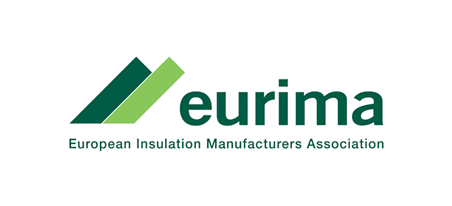Search eceee proceedings
Hydronic balancing and control – how to overcome the global challenge of reducing energy use in multifamily housing
Panel: 5. Buildings and construction technologies and systems
This is a peer-reviewed paper.
Authors:
Matjaz Osojnik, Danfoss d.o.o., Slovenia
Stephan Kolb, Danfoss
Helge Schramm, Danfoss
Alix Chambris, Danfoss
Abstract
Reducing energy consumption and greenhouse gas emissions in the building stock is one of the key challenges to achieve the climate change mitigation objectives agreed in Paris, and reduce air pollution in cities. This paper provides an analysis of a key ingredient of any solution: getting basic aspects of automatic balancing (meaning the continuous control of flow and pressure in the piping system and radiators leading to the optimal generation, distribution and emission of heat throughout the building) and room temperature control right in multifamily buildings with central, water-based heating systems. These aspects are a key driver for the overall energy performance of buildings, as they have, across different types of heat generators, a significant impact on the efficiency of heat generation, distribution and emission, and for the comfort and health of building occupants. Despite capital-light investment needs with fast pay-back, it is an aspect that today is usually neglected both in renovation and in new-built markets, making it a largely “forgotten” element of the energy transition.
The paper shows that the vast majority of existing and new buildings lack most basic features, provides an overview of key principles and technologies, and discusses some key market barriers. It presents estimates for energy and cost savings, required investments and pay-back from a building owner/tenant perspective. It argues that getting the basics right helps to meet expectations on energy performance after deep renovation and for near-zero energy buildings in actual use. The paper concludes that the on-going revision of buildings energy efficiency legislation should tackle this forgotten dimension, to enable progress towards political long-term decarbonisation objectives.
Downloads
Download this presentation as pdf: 5-235-17_Osojnik_presentation.pdf
Download this paper as pdf: 5-235-17_Osojnik.pdf
Panels of
1. Foundations of future energy policy
2. Policy: governance, design, implementation and evaluation challenges
4. Mobility, transport, and smart and sustainable cities
5. Buildings and construction technologies and systems
6. Buildings policies, directives and programmes
7. Appliances, products, lighting and ICT
8. Monitoring and evaluation: building confidence and enhancing practices























